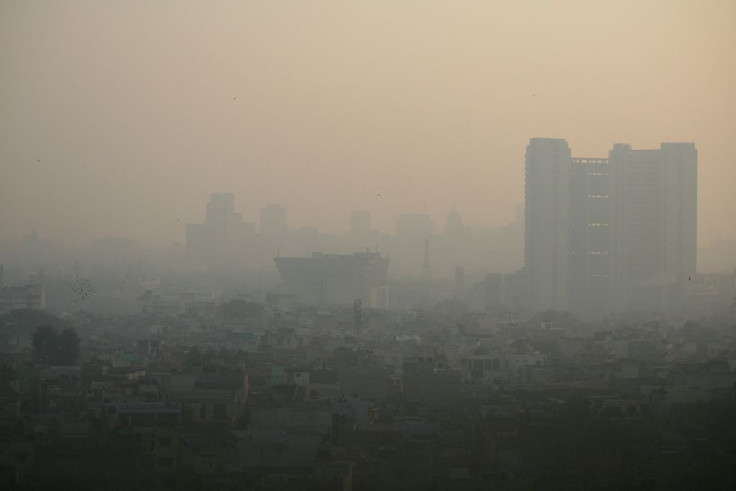Particulate Air Pollution Linked To Increase In Mortality Rate, Even At Low Concentrations

Despite a decrease in particulate air pollution across the country, a new study suggests that short-term exposure to any amount of this pollution leads to a shorter life expectancy. Publishing their findings in this month’s issue of Environmental Health Perspectives, researchers at Harvard T.H. Chan School of Public Health found a correlation between higher death rates and greater exposure to particulate matter in people 65 and older. Most concerning, though, is that the damaging effects to life expectancy were observed in areas where this form of pollution was below one-third of its current standards for regulation set by the Environmental Protection Agency (EPA).
This study proves to be the first of its kind, examining rates of particulate matter and its effects on the population in all zip codes of New England, including rural areas. Particulate pollution refers to small particles found in the air, usually in the form of solid or liquid droplets. The particulate matter specifically being studied was PM2.5, or particles less than 2.5 micrometers in diameter. These particles are so small, they can only be seen through an electron microscope, and usually come from different types of combustion, burning of various materials and some industrial processes.
Using satellite data, researchers were able to monitor particle levels as well as temperature in each zip code of the New England area. By examining the effects of PM2.5 on each location from monitoring stations, researchers were able to discover the effects of short-term exposure and the average annual exposure simultaneously. They then cross referenced this information with health records of the 2.4 million New England residents covered by Medicare from 2003 to 2008, and followed their health until they died.
What researchers ultimately found is cause for alarm. Both long-term, and short-term exposure to PM2.5 was significantly linked to higher death rates, even in areas where annual exposure was below EPA standards. Short-term exposure, defined as two days of exposure, was found to lead to a 2.14 percent increase in death rate per 10 µg/m3 increase in PM2.5 concentration, and long-term exposure defined as one year led to a 7.52 percent increase in death rate per 10 µg/m3 increase. Causes of death for these individuals are most frequently associated with heart disorders, increases in blood pressure, and reduced lung function.
“Most of the country is either meeting the EPA standards now, or is expected to meet them in a few years as new power plant controls kick in,” noted professor of environmental epidemiology, Joel Schwartz, in a recent press release. “This study shows that is not enough. We need to go after coal plants that still aren’t using scrubbers to clean their emissions, as well as other sources of particles like traffic and wood smoke.”
Schwartz also noted that exposure to any amount of particulate air pollution is potentially damaging. “Particulate air pollution is like lead pollution: There is no evidence of a safe threshold even at levels far below current standards, including in the rural areas we investigated,” he said. “We need to focus on strategies that lower exposure everywhere and all the time, and not just in locations or on days with high particulate levels.”
This study proves to be but one of many warning us of the harmful effects of particulate air pollution. In another study conducted by researchers at NYU, particulate matter exposure was also linked to an increase risk of stroke by its narrowing effects on the arteries. As this is just the tip of the iceberg, it may be time to reexamine the standards of regulating this form of pollution.
Sources: Shi L, Zanobetti A, Schwartz D, et al. Low-Concentration PM2.5 and Mortality: Estimating Acute and Chronic Effects in a Population-Based Study. Environmental Health Perspectives. 2015.
Thurston GD, Cromar K, Guo Y, et al. Particulate Air Pollution and Carotid Artery Stenosis. Journal of the American College of Cardiology. 2015.



























